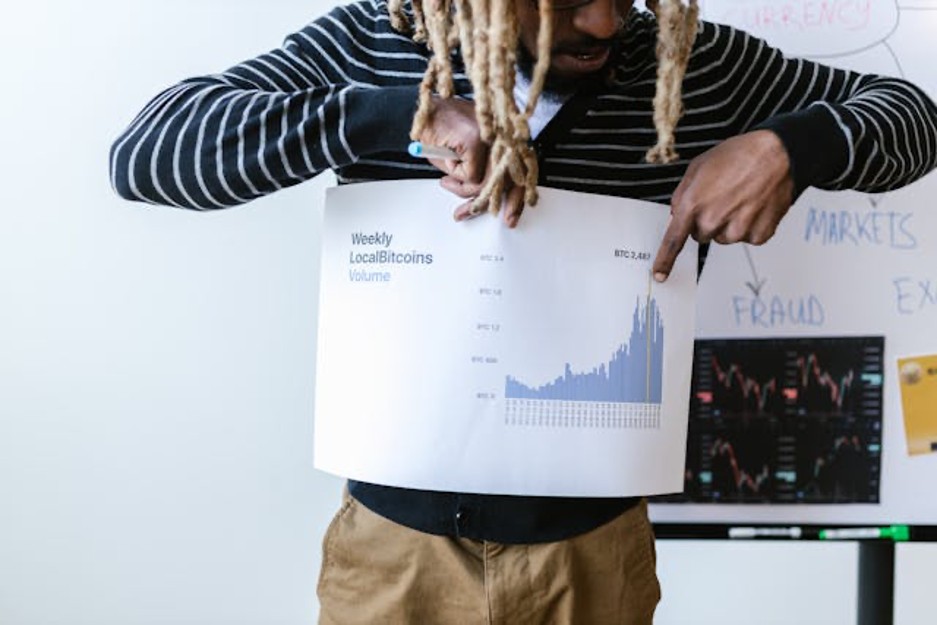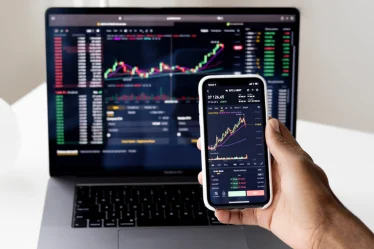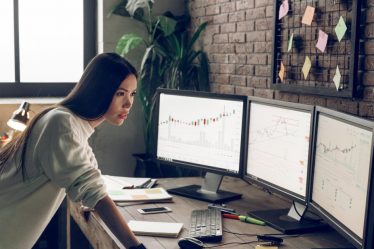
Silver, often living in the shadow of its lustrous cousin gold, is a precious metal that has played a vital role in economies and technological innovations for thousands of years. It’s prized both for its monetary value and its industrial applications, which range from electronics to medicine. However, recent trends and global developments have begun to shine a new spotlight on this versatile metal, heralding reasons why investors and consumers alike should take a closer look at silver.
Diving into the intricacies of silver’s market dynamics reveals a landscape of opportunity and variation that can affect the wallet of the seasoned investor or the portfolio of a curious newcomer. A thorough silver outlook takes into account numerous factors such as supply constraints, technological advancements requiring silver inputs, and geopolitical tensions that could disrupt mining operations. To gain a deeper understanding of how these elements intertwine to shape silver’s value, one needs to sift through informed analysis and predictions – an endeavor that can be embarked upon by exploring expert insights on silver price analysis and predictions.
The allure of silver extends well beyond its potential for capital appreciation. It also plays a significant role in green technologies that are pivotal to sustainable future developments. With its exceptional electrical conductivity, thermal conductivity, and reflectivity, silver is indispensable in solar panels, electric vehicles, and many other applications contributing to cleaner energy solutions. As world economies push towards a more eco-friendly way of life, the demand for silver could see an uptick, reinforcing its position as an investment with future-proof appeal.
Moreover, historical performance data shows that silver can act as a hedge against inflation – protecting purchasing power during times when currency values decline. This attribute makes it a strategic asset for those looking to diversify their investment portfolios. And unlike some assets that require large capital outlays, silver remains accessible to a broad range of investors. With options like bullion coins, EFTs, stocks in mining companies, or even owning physical bars, there is a form of silver investment to suit different financial strategies and risk tolerances.
On the supply side, the narrative continues to evolve. The majority of silver is produced as a by-product of mining other metals like copper, lead, and zinc. Thus, the output is not solely dependent on silver prices but also linked to the production rates and demand for these primary metals. Any shifts in their markets could inadvertently impact silver availability, potentially leading to price volatility. These nuances underscore the importance of staying abreast with up-to-date analyses when considering adding silver to one’s asset mix.
As with any investment, there are risks involved with silver. Market fluctuations can be unpredictable, and holding physical silver requires secure storage solutions. Nevertheless, the strategic positioning of silver across various industries coupled with its innate value as a precious metal makes it worthy of consideration.
Silver’s narrative is interwoven with elements of mystery and untapped potential—a rich vein yet to be fully mined by mainstream investors. Just beneath its gleaming surface lies an intricate story of economic relevance, technological necessity, and investment opportunity. Whether viewed as a safeguard against inflationary pressures or as a pivotal component in advancing technology, silver demands attention not only for what it has been historically but also for what it promises to become in the narratives of tomorrow’s markets. Embracing this insight could prove advantageous for those poised to recognize the less conspicuous opportunities that lie ahead in the complex tapestry that is global finance.



